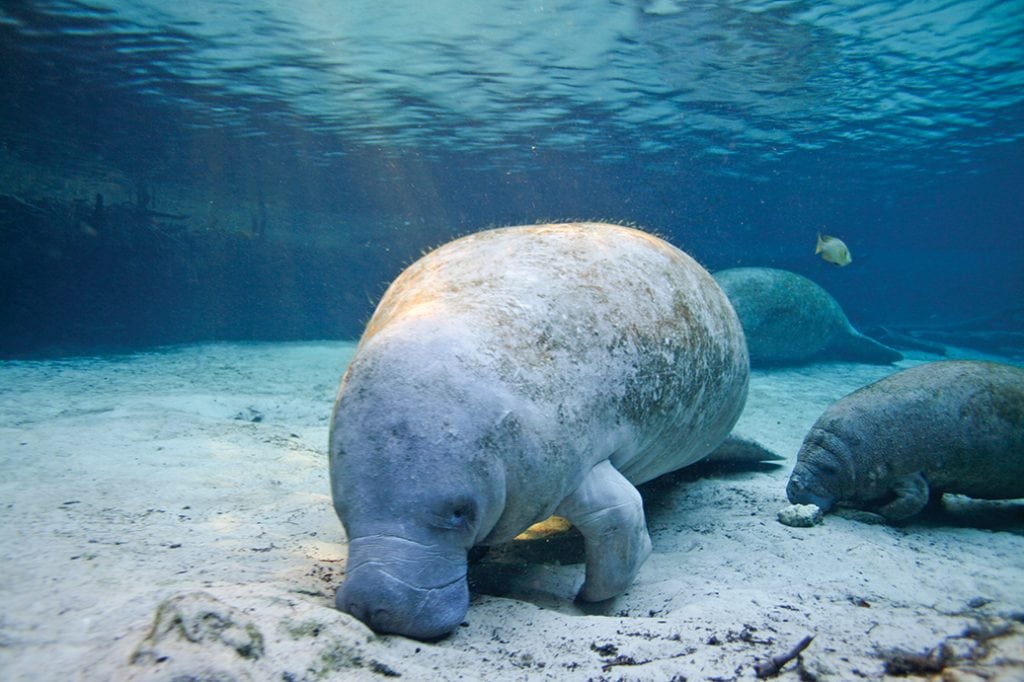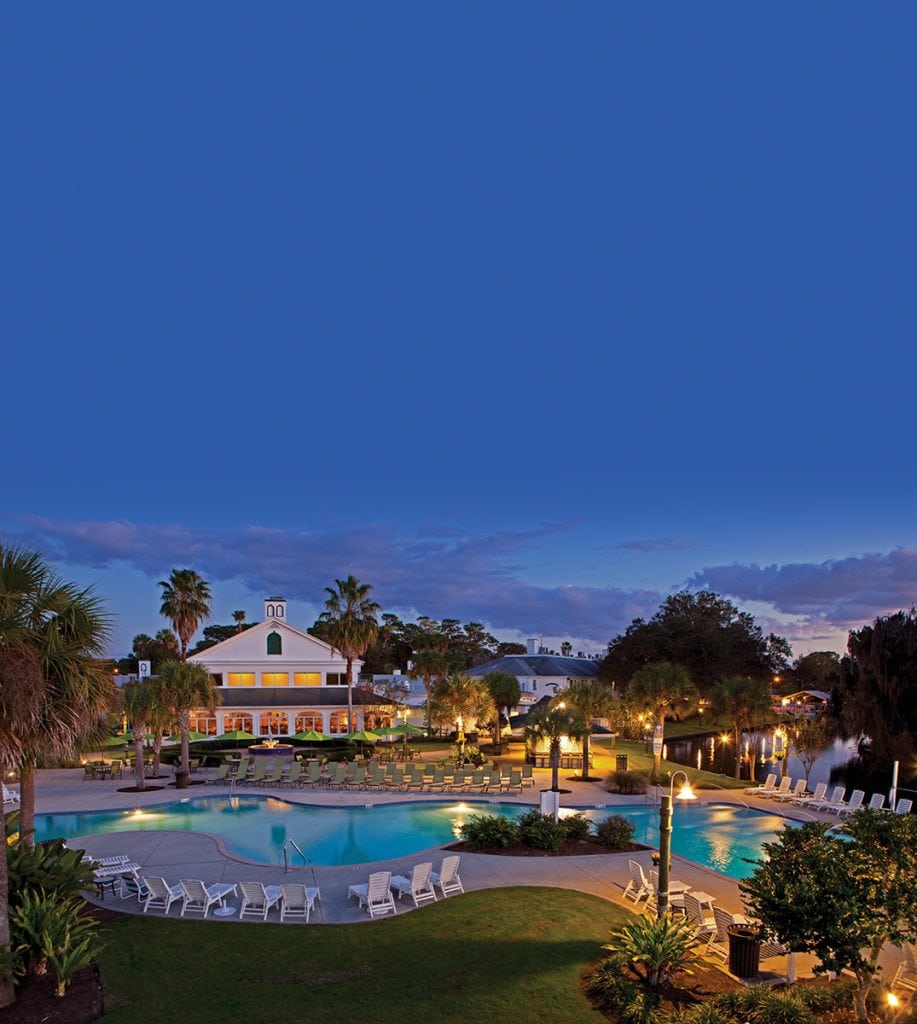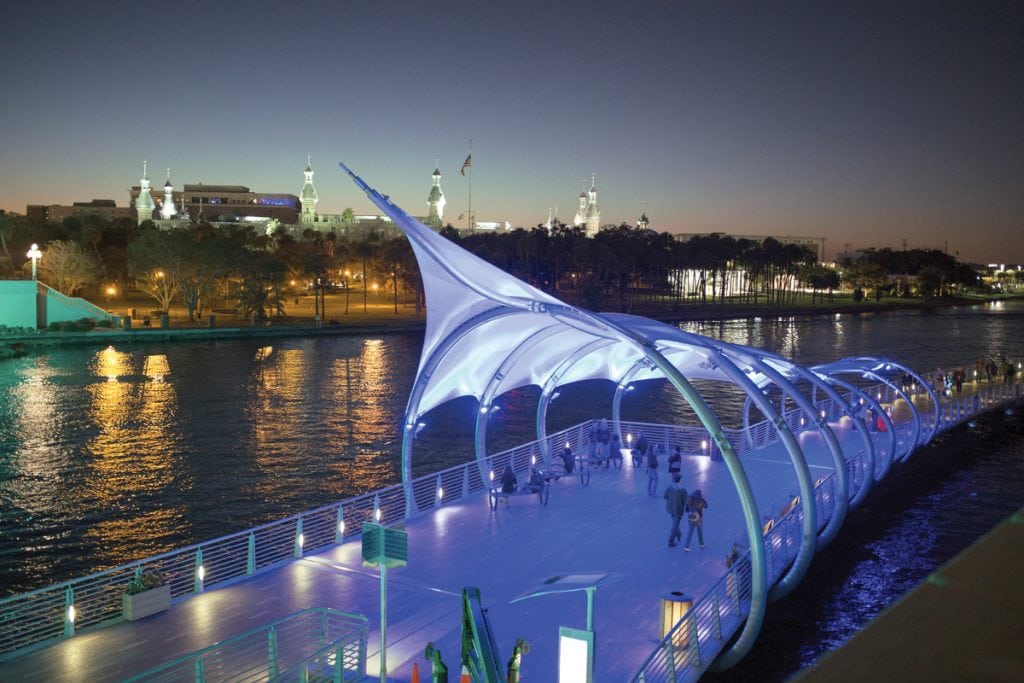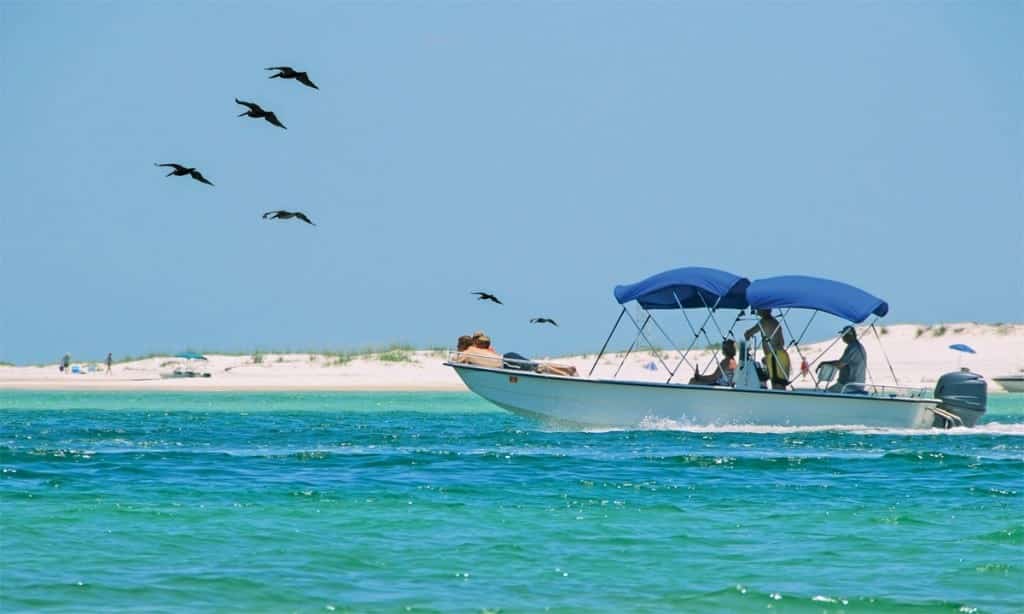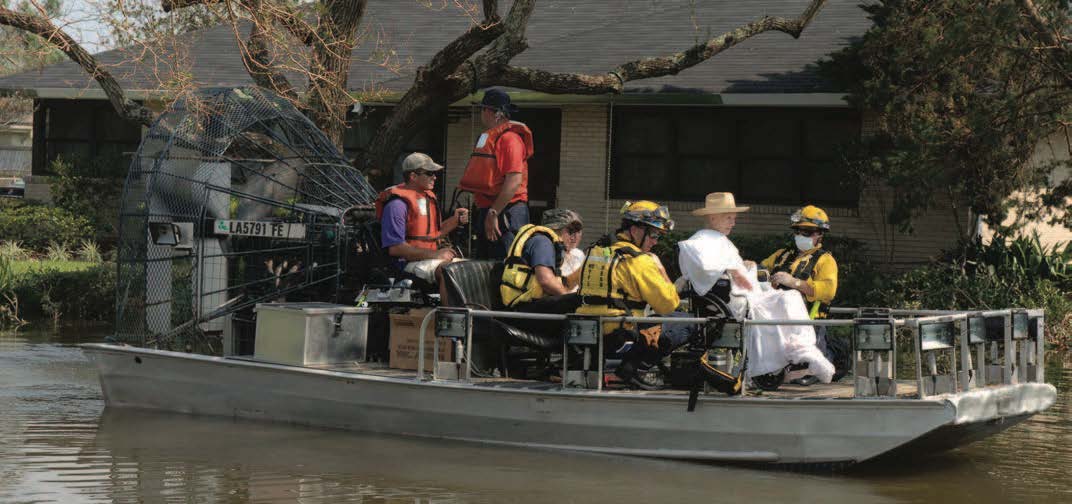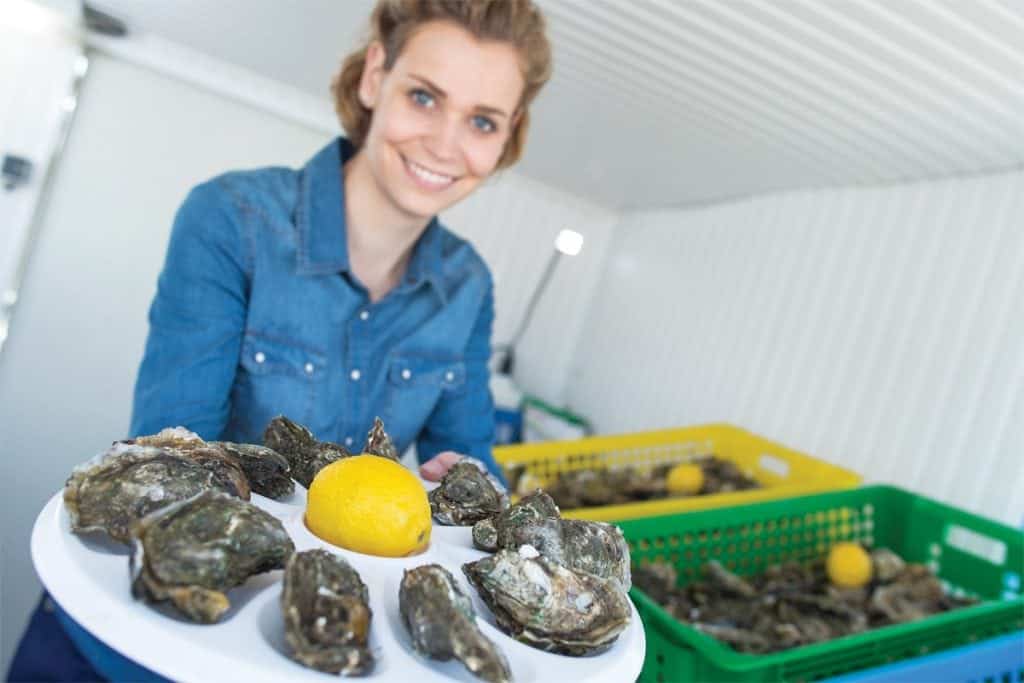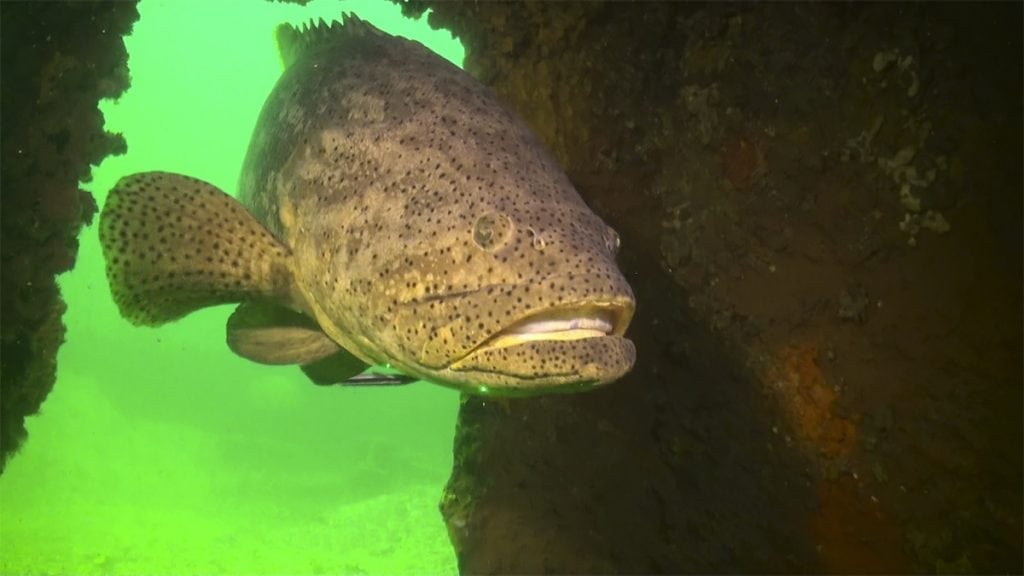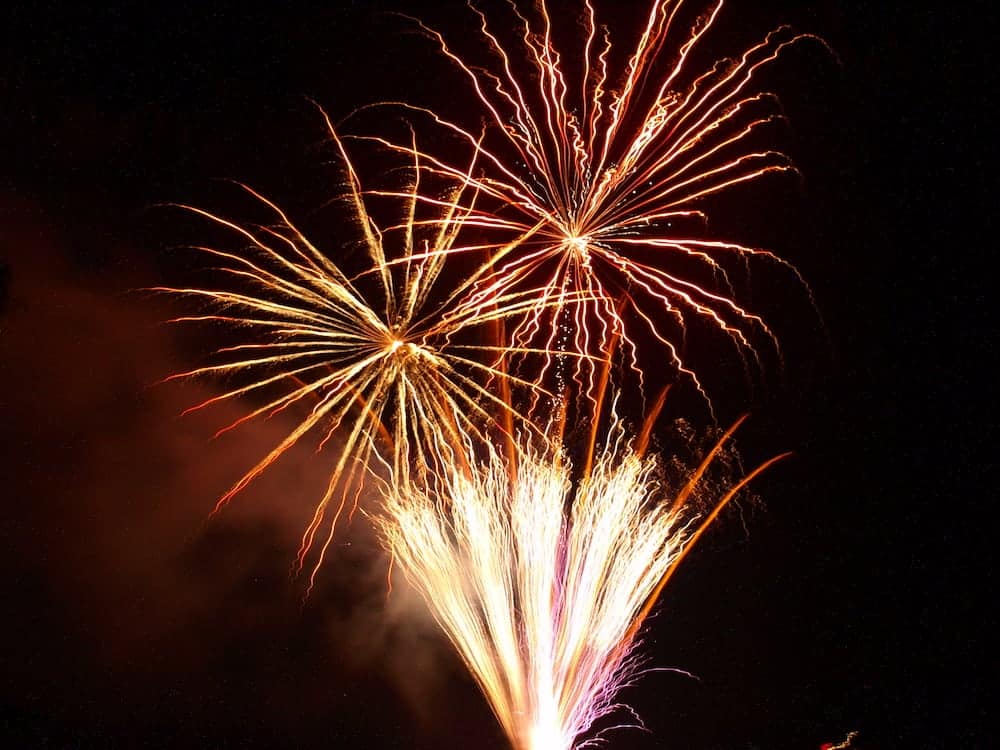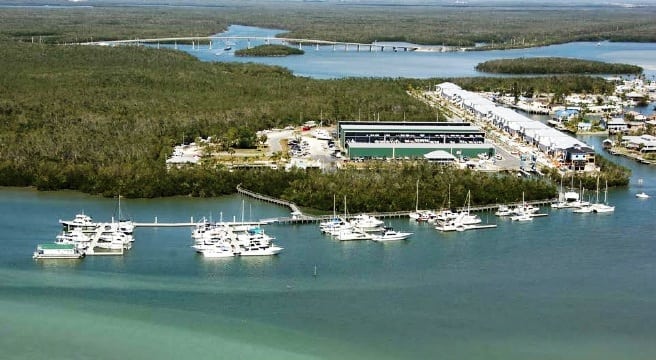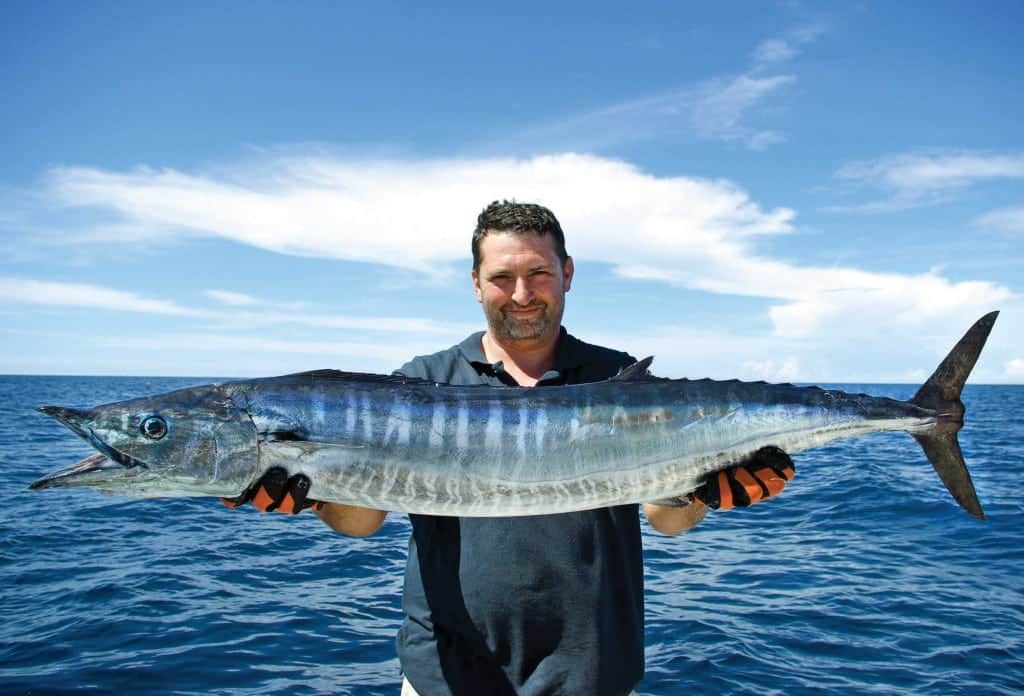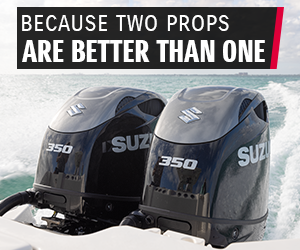U.S. Gulf
Warmer waters make for cooler cruising. Southern Boating publishes a U.S. Gulf Coast Regional Report each month to make your Gulf Coast cruising a success. Chock-full of information for everywhere from the panhandle of Florida to the tip of Texas—Southern Boating gives you the lowdown on all events, happenings, marinas, destinations, and more!
Welcome Back, Manatees!
In January, both manatees and boaters are on the move looking for pleasant temperatures and good food. As long as...
Read moreDetailsFlorida Fly Fishing Expo
Florida Fly Fishing converges on the Crystal River Fly fishers of all skill levels meet up in central Florida February...
Read moreDetailsTrendy Tampa
This boating-friendly city on Florida’s Gulf Coast looks toward the future without forgetting its past. Just another reason to visit Tampa....
Read moreDetailsTarpon Springs, Florida
Tarpon Springs, Florida It's all Greek to me! Traditions run deep in Tarpon Springs. North of Tampa Bay on Florida’s...
Read moreDetailsStart With A Good Cup of Coffee
ONE OF THE MOST FAMOUS ADDRESSES IN BOATING is No. 16 Lombard Street, London, England, in the very center of...
Read moreDetailsPensacola, Florida
Waterfront on the west. An educational family vacation awaits in Pensacola, Florida, where naval history is all around you. On the...
Read moreDetailsThe Cajun Navy
The Cajun Navy has entered popular vernacular, but what do we know about the group? The famed Cajun Navy came...
Read moreDetailsOuter Banks Wooden Boat Show
Outer Banks Wooden Boat Show The 6th Annual Roanoke Island Maritime Museum Outer Banks Wooden Boat Show in Manteo on North...
Read moreDetailsOffshore Fishing in the Gulf
Offshore Fishing gets some needed updates in the Gulf Commercial anglers, charter boat captains, and recreational fishing communities have long recognized...
Read moreDetailsGoodbye Summer. Hello, Gulf Festivals
It's festival season all over again; Gulf Festivals, that is. Barring any late-season tropical weather in the Gulf, Apalachicola has...
Read moreDetailsGoliath Grouper on the Rebound
Rebounding goliath grouper spurn FWC workshops FOR A 10-YEAR-OLD BOY ON VACATION FROM OHIO, the offshore fishing trip with his grandfather...
Read moreDetailsLake Okeechobee Construction
Boaters win some, lose some with Florida's State Budget FLORIDA GOVERNOR RICK SCOTT HAS ISSUED a modern-day record number of...
Read moreDetailsBaby, You’re a Firework
The Best Firework Shows in the Gulf From Brownsville, Texas, to the Florida Keys, Gulf boaters will anchor in bays,...
Read moreDetailsMarina Mergers on the Gulf
Safe Harbor adds Calusa Island MERGERS AND ACQUISITIONS are mandatory business school courses, however, a little thing called the Great...
Read moreDetailsWelcome to Swollfest
Years ago as a TV news anchor, I cringed when news managers carelessly tossed around the notion that boating was...
Read moreDetails
